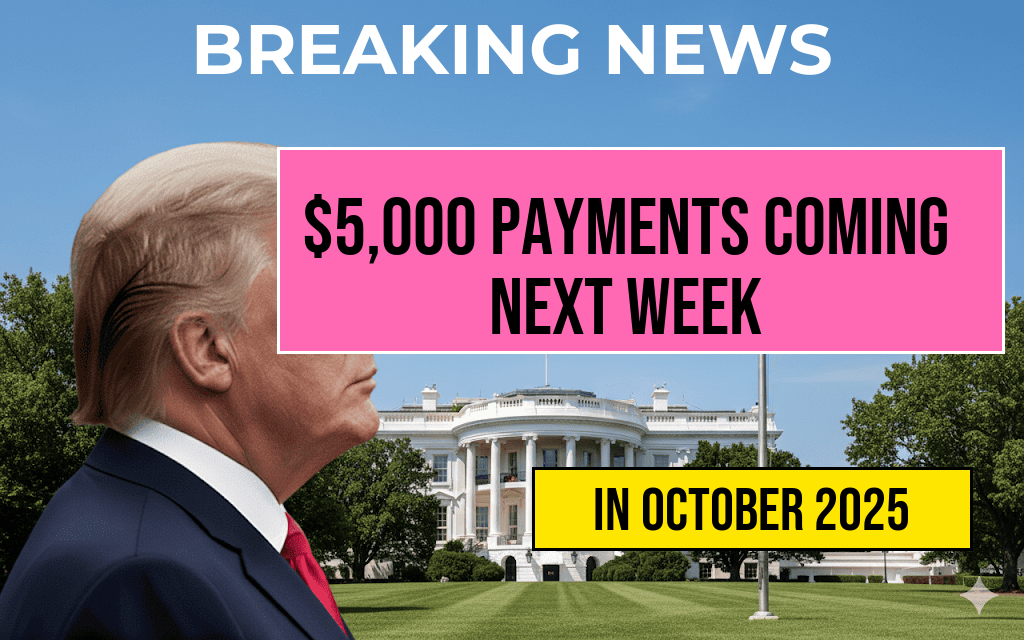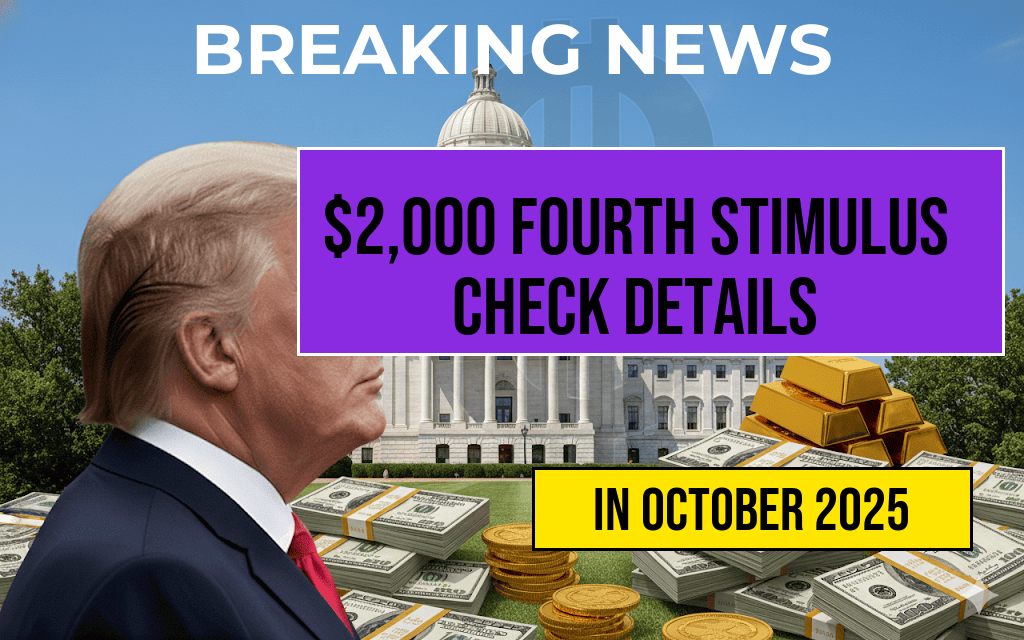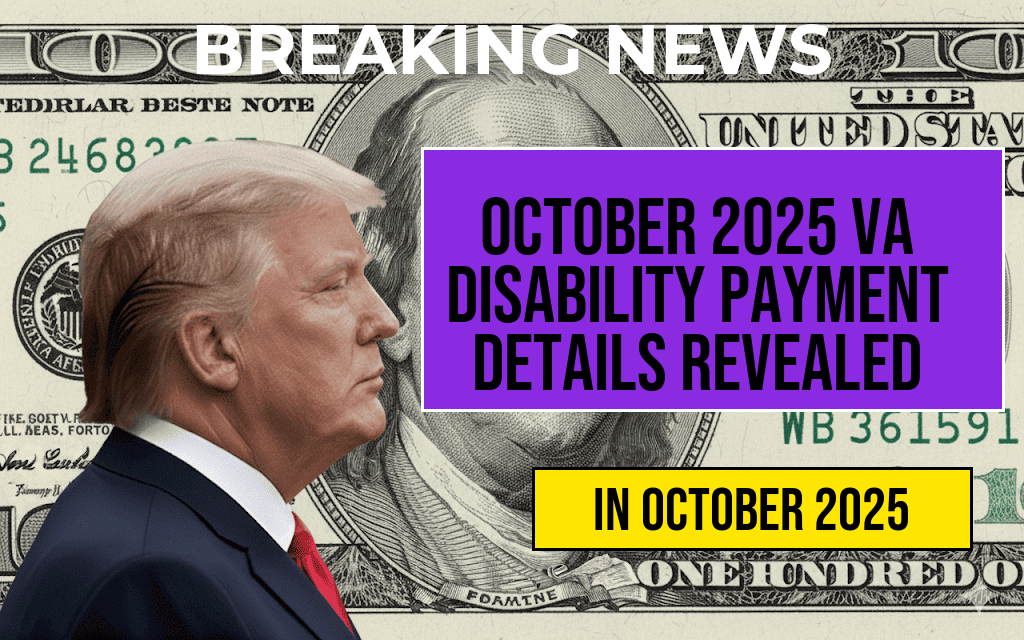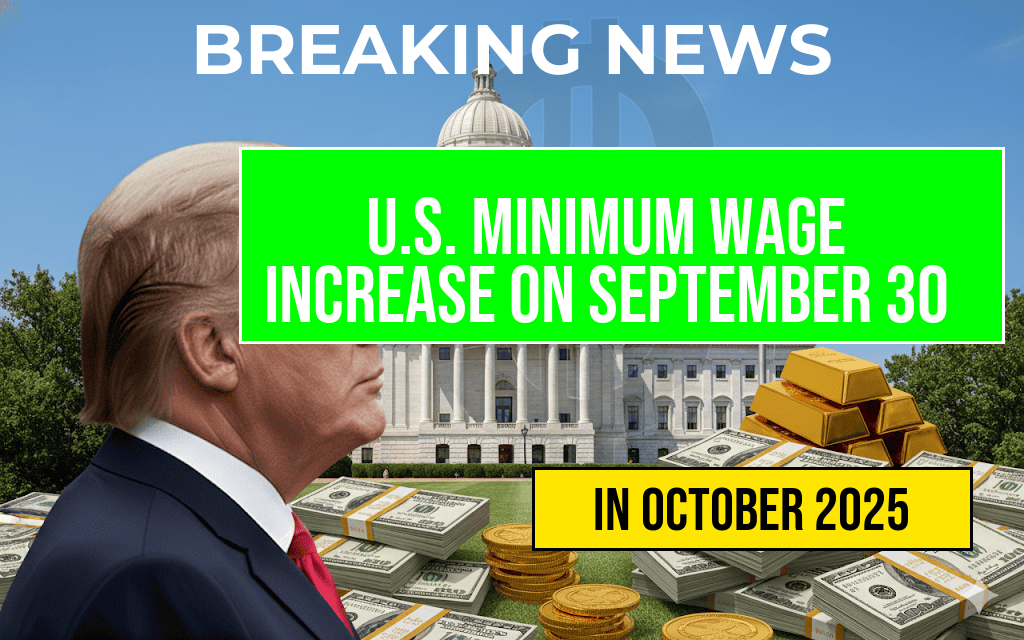As the cost of living continues to rise, many retirees are facing a significant financial challenge due to increased Medicare Part B premiums. For 2024, beneficiaries can expect to see their monthly premiums increase by $10.30, which will consume a substantial portion of the annual cost-of-living adjustment (COLA) provided by Social Security. This increase has sparked concerns among seniors who rely heavily on these benefits to cover their healthcare expenses. The strain on monthly budgets is becoming more pronounced as inflation impacts nearly every aspect of daily life. The situation raises critical questions about the sustainability of Medicare and the adequacy of Social Security adjustments in meeting the needs of an aging population.
Understanding the Impact of Higher Medicare Premiums
The adjustment in Medicare Part B premiums is a reflection of broader economic trends affecting healthcare costs. For 2024, the standard monthly premium for Medicare Part B is set to rise to $174.70, up from $164.40 in 2023. This increase represents a 6.3% hike, which is significantly higher than the previous year’s increase. As a result, beneficiaries will find that a larger portion of their Social Security COLA will be absorbed by these rising premiums.
The Relationship Between COLA and Medicare Premiums
The Social Security Administration announced a COLA of 3.2% for 2024, translating to an average increase of approximately $50 a month for beneficiaries. However, with Medicare premiums rising by $10.30, the net gain for many will be reduced significantly. For example, a retiree receiving a monthly Social Security benefit of $1,600 will see around $40 of their COLA offset by the increased premium costs.
- Current Medicare Part B Premium: $164.40
- New Medicare Part B Premium (2024): $174.70
- Increase in Premium: $10.30
- 2024 Social Security COLA: 3.2% (approx. $50)
- Net Gain for Average Beneficiary: $40
Broader Economic Factors at Play
The increase in Medicare premiums is not occurring in a vacuum. Rising healthcare costs, driven by inflation and other economic pressures, are contributing to the financial strain on retirees. The latest Consumer Price Index (CPI) data indicates that healthcare costs have risen significantly over the past year, affecting everything from hospital services to prescription drugs. These rising costs mean that even with the COLA, many seniors will find it increasingly difficult to manage their healthcare expenses.
Concerns Among Retirees
Many retirees are expressing frustration over the financial pressures they face. According to a recent survey by the AARP, nearly 70% of seniors reported that rising healthcare costs are a significant concern, with many indicating that they are forced to cut back on essential expenses. This is particularly troubling given that healthcare is often one of the largest expenses for older adults.
What Can Beneficiaries Do?
Beneficiaries are encouraged to explore various options to mitigate the impact of increased healthcare costs. Some strategies include:
- Reviewing Medicare Plans: Seniors should regularly review their Medicare options during the open enrollment period to ensure they are on the most cost-effective plan.
- Utilizing Preventive Services: Many preventive services are covered at no cost under Medicare, which can help manage overall healthcare costs.
- Seeking Financial Assistance: Programs are available for low-income seniors to help with Medicare costs, including Extra Help.
Looking Ahead
The rising costs associated with Medicare Part B premiums serve as a reminder of the financial challenges facing retirees in the current economic climate. As lawmakers and policymakers continue to address these issues, the emphasis on finding sustainable solutions for Medicare funding and adjusting Social Security benefits will be crucial. For now, beneficiaries must navigate these changes with careful planning to ensure their healthcare needs are met without compromising their financial stability.
Frequently Asked Questions
What is the impact of higher Part B costs on Social Security COLA?
The increase in Part B costs is expected to consume approximately $10.30 of your Cost of Living Adjustment (COLA), which can significantly affect the net benefits that retirees receive.
Why are Medicare premiums increasing?
Medicare premiums, particularly Part B premiums, are rising due to various factors, including increased healthcare costs and adjustments in coverage requirements, which can put a strain on beneficiaries’ finances.
How does this affect retirees on a fixed income?
For many retirees on a fixed income, the increase in Medicare premiums means that a larger portion of their Social Security benefits is consumed, potentially leaving less for other living expenses.
What can beneficiaries do about rising Part B costs?
Beneficiaries may explore options such as reviewing their Medicare plans, seeking financial advice, or looking into supplemental insurance to help mitigate the impact of rising Part B costs.
Are there any legislative changes addressing these cost increases?
While there are discussions and proposals aimed at addressing the rising costs of Medicare premiums, changes in legislation can take time to implement, and beneficiaries should stay informed about any developments.











